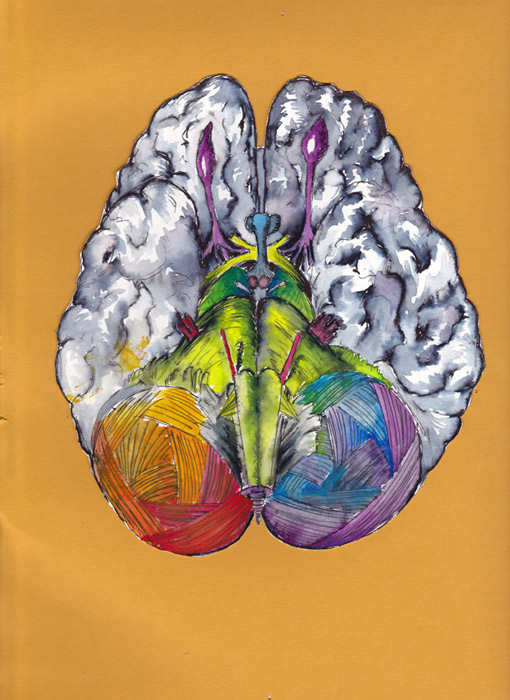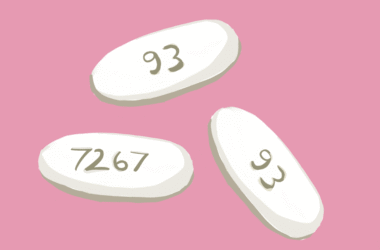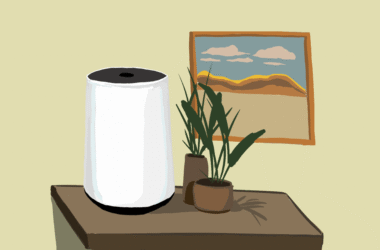Desperately looking for new ways to cram for upcoming exams? Researchers at the Montreal Neurological Institute (MNI) of McGill University have discovered a way to improve sound memory performance in the brain using magnetic pulses.
The researchers of the study, published on March 23 in Neuron, asked study participants to perform auditory memory tasks while their brain activity was monitored. Participants listened to pairs of short melodies, which were either the same or had slight pitch changes, and had to identify a change in the pattern.
It was previously known that a network of neurons in a region of the brain called the parietal stream played a role in auditory memory. However, prior to this study, the role of theta waves in this brain region had not been understood.
By using two types of brain scanners called magnetoencephalography (MEG) and electroencephalography (EEG), the MNI researchers were able to detect pulses of theta waves in the parietal stream when the study participants performed auditory tasks.
“We identified that in this very region there was a certain rhythm of theta waves that was strong when the task required the involvement of working memory,” Dr. Sylvain Baillet, a co-senior author of the study and Professor in the Department of Neurology, Neurosurgery, and Biomedical Engineering, explained.
To further explore the relationship between theta waves and auditory memory, the study proceeded to expose the theta waves to transcranial magnetic stimulation (TMS) while performing the same set of tasks.
The researchers predicted that TMS would stimulate and enhance the theta waves in the parietal stream, which in turn would improve working memory.
Before the stimulation began, the researchers programmed the TMS exposure to correspond to the rhythm of the theta oscillations. While being induced with TMS, the participants performed the same memory tasks, but this time with increased improvement.
Interestingly, the theta activity in the brain predicted the participants’ performance, according to Philippe Albouy, the study’s lead author.
“This means that the more theta waves the brain is generating, the better the participants are at their tasks,” Albouy said.
It was also crucial that the TMS pulses were in sync with the theta oscillations.
“The benefits in terms of performance [were] observed mainly for the rhythmic stimulation only,” Albouy clarified. “This makes a link between ongoing theta oscillations and [the potential] to modify the rhythm of those oscillations to boost participants’ performance on a given task.”
To verify their theory, the researchers repeated the experiment, but this time with non-rhythmic magnetic pulses. This did not result in any improvement in memory, highlighting the fact that the rhythmic magnetic pulses were key.
Interestingly enough, the TMS machine itself produces a certain sound when activated. This led some researchers to believe that it may be possible that the sound itself improved memory; however, this was quickly disproved.
The implications of this study may lead to more research on the benefits of TMS on not only auditory memory performance, but vision, perception, and learning, as well. Additionally, it may even have clinical applications, such as aiding Alzheimer’s—a disease that damages neurons and memory in the brain.
However, Albouy and Baillet temper speculations of future TMS treatments and insist further research must be done. This study only proved the effects of TMS on short-term auditory memory. The next step for the researchers is to test the long-term effects of stimulation to determine if plasticity in the brain tissue can be altered to improve memory in the long run.









